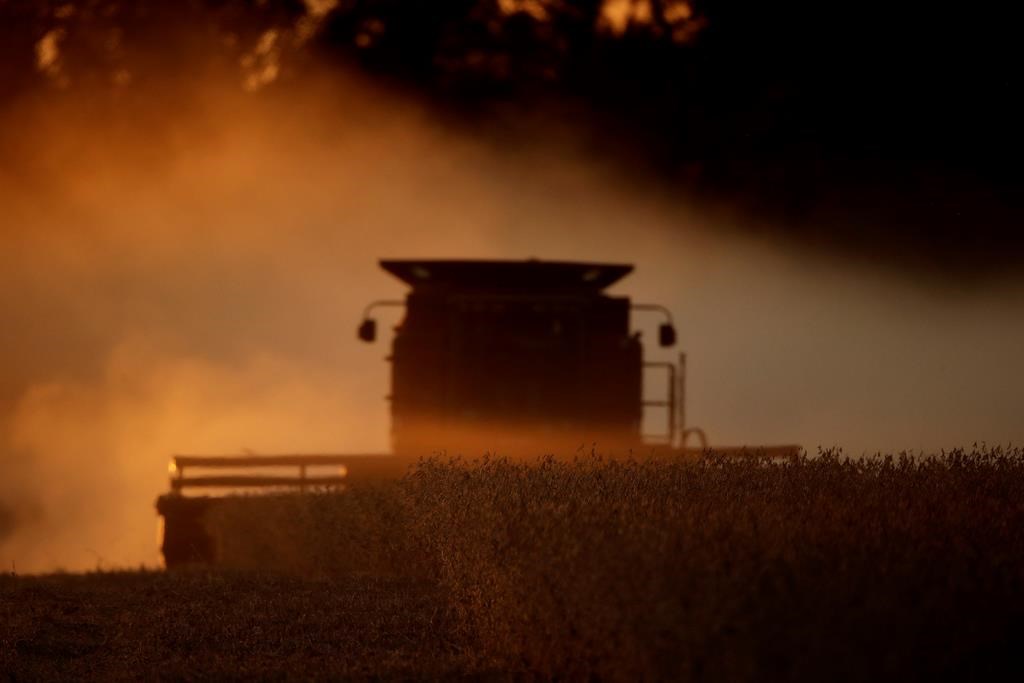Manitoba’s Hay Disaster Benefit (HBD) has been activated after a tough harvest for farmers.

The Manitoba Agricultural Services Corporation (MASC) announced Friday an estimated payout of more than $5 million is expected on roughly 1,500 claims across the province.
The benefit is paid by both the provincial and federal government when at least 20 per cent of insured producers are unable to harvest at least half of their long-term average hay yield.
For 2019, farmers will get an extra $40 for each tonne below their insurance coverage.
“We recognize it has been a difficult harvest for many farmers in Manitoba,” said Agri-Food Canada Minister Marie-Claude Bibeau in a release.
“The Hay Disaster Benefit is one of the ways our government is supporting farmers to protect their businesses against weather-related risks, such as this forage shortfall.”
All insured hay types including alfalfa, alfalfa grass mixtures, grasses, sweet clover and coarse hay, are covered and there is no cost to producers for the benefit.
Premiums are covered 60 per cent by the federal government and 40 per cent by the Province of Manitoba under the Canadian Agricultural Partnership.
However, there are concerns about the amount set to be paid out, and the timing of the benefits.
Bill Campbell, president of Keystone Agricultural Producers, says at this time of year it will be more difficult to find replacement forages, and many producers may have already had to make tough management decisions.
“There’s a lot of concerns (about) whether it will be enough,” Campbell says.
“I think it needs to be understood this is only through producers who carry Manitoba Crop Insurance with forage protection, so it will not necessarily cover every producer in the area.”
Campbell says he personally does not have the coverage, simply because of the design of the program, and suggests it’s in need of an overhaul.
“It has been brought to the government’s attention, how the forage insurance needs to be modernized and needs to be more relevant to producers,” Campbell says.
“My understanding is there are 1,500 producers that have it, but I would suggest that is far less than there are out there.”
2019 has been one of the most challenging years in recent memory, according to Campbell, and producers are anxiously awaiting the spring thaw to determine how secure they’ll feel during the 2020 season.
A release sent jointly by the province and federal governments said payments will begin shortly.





Comments